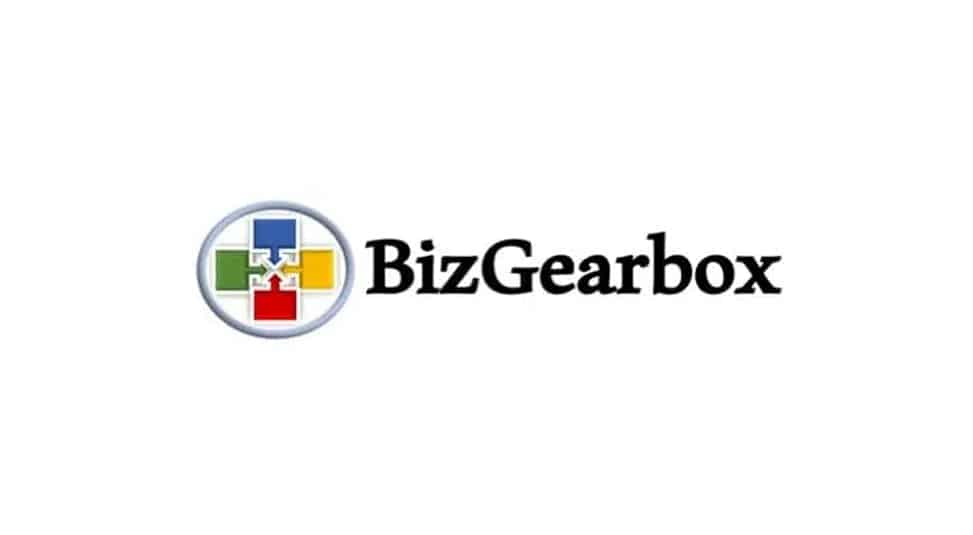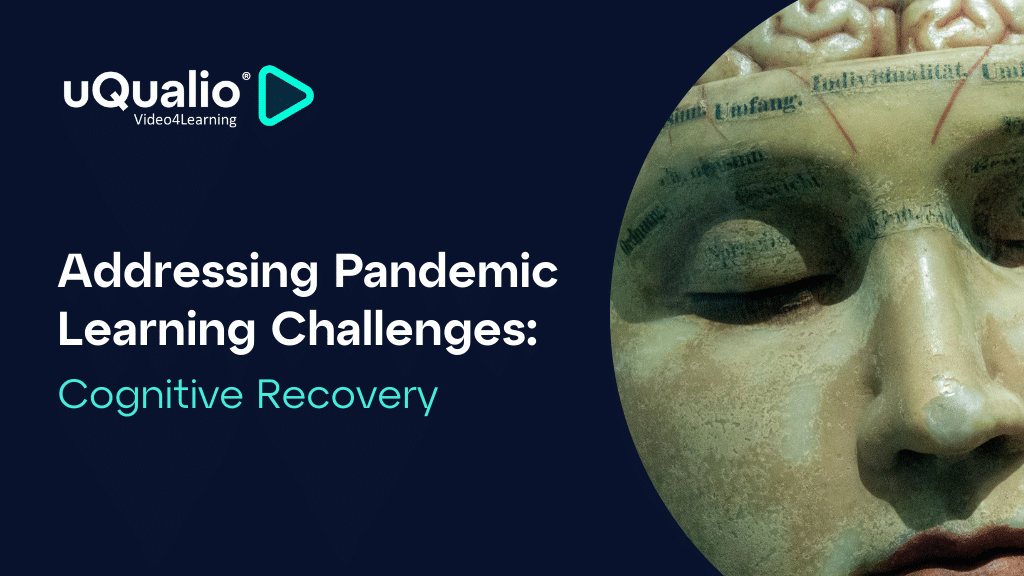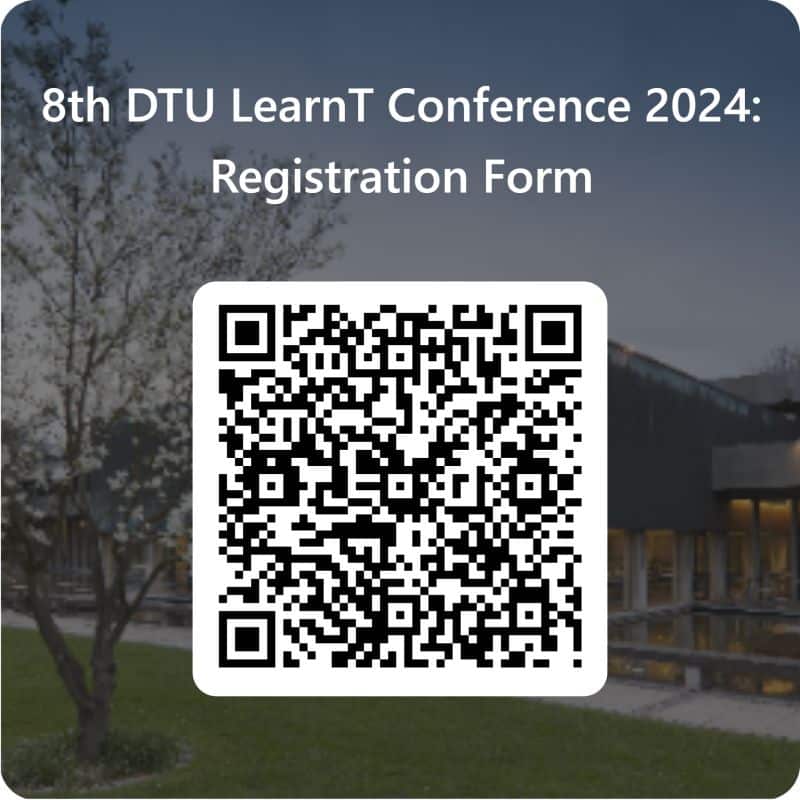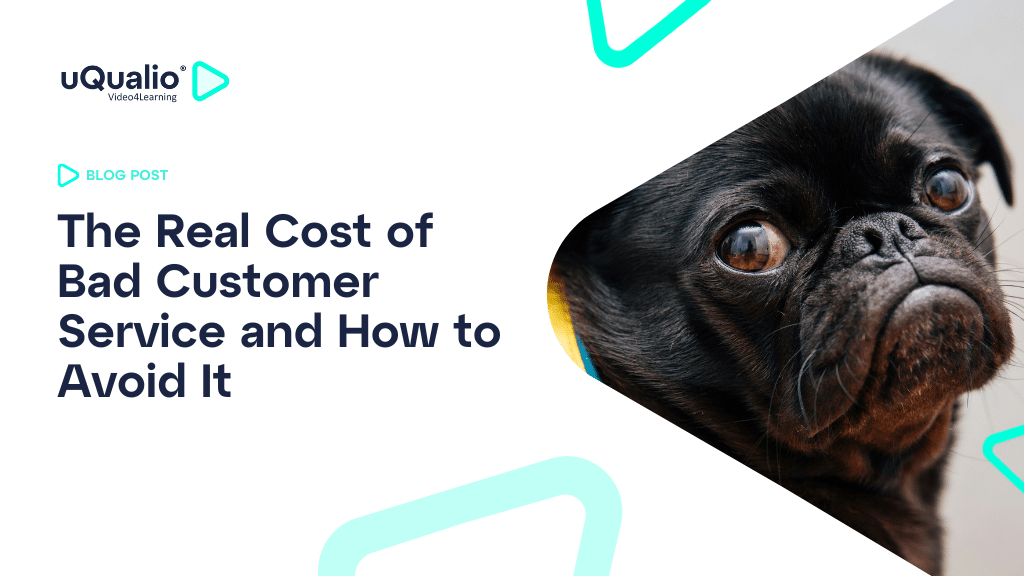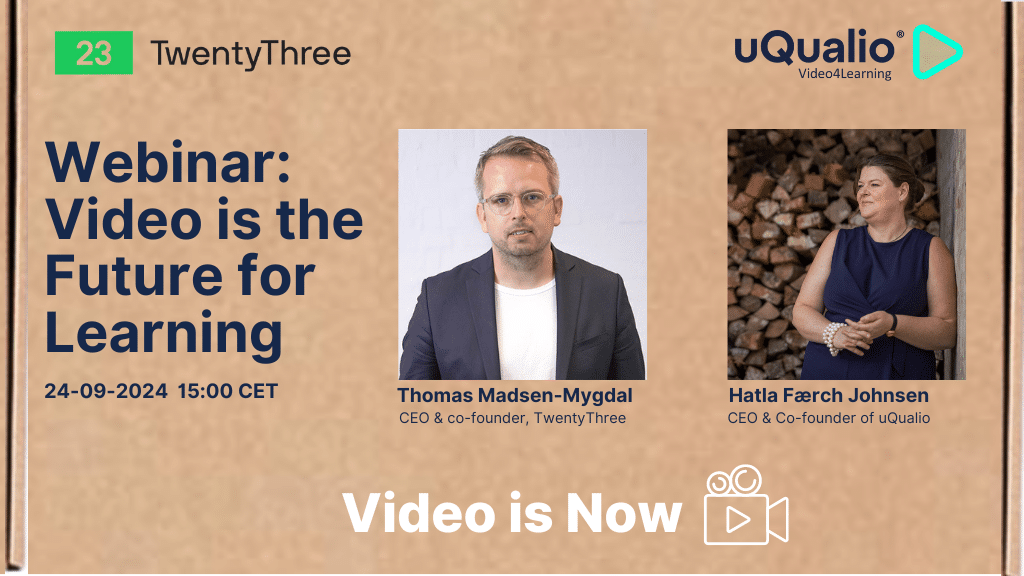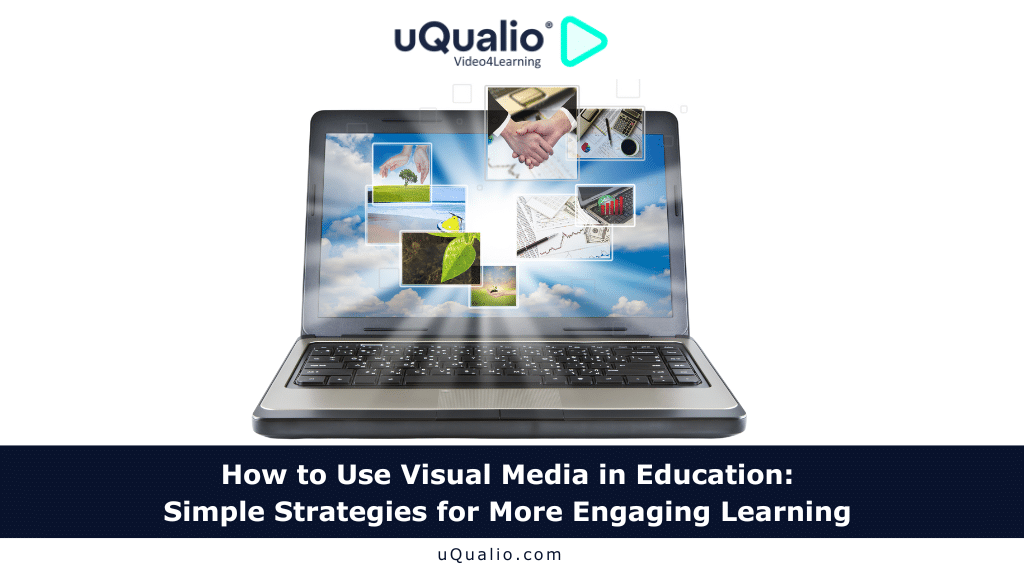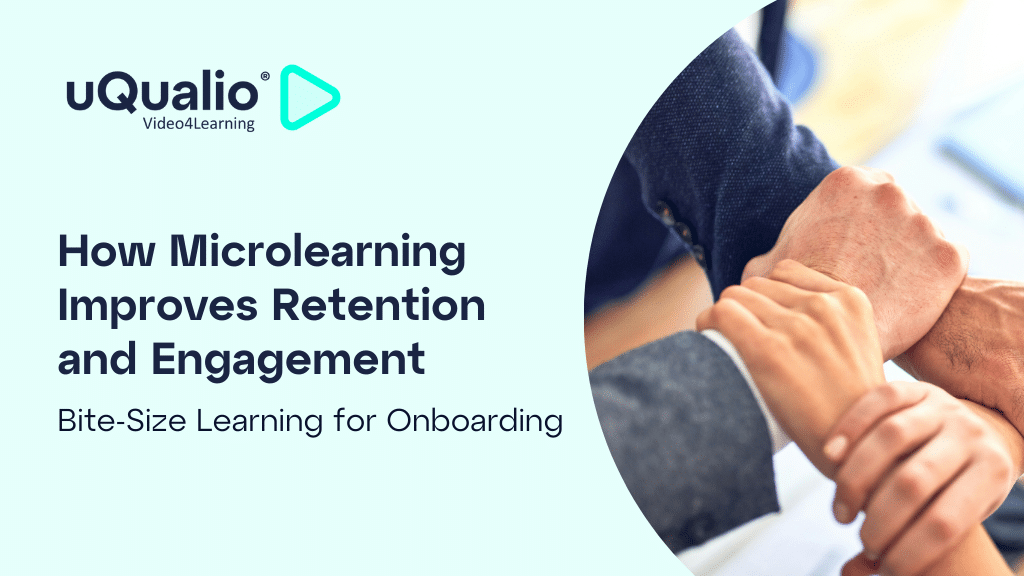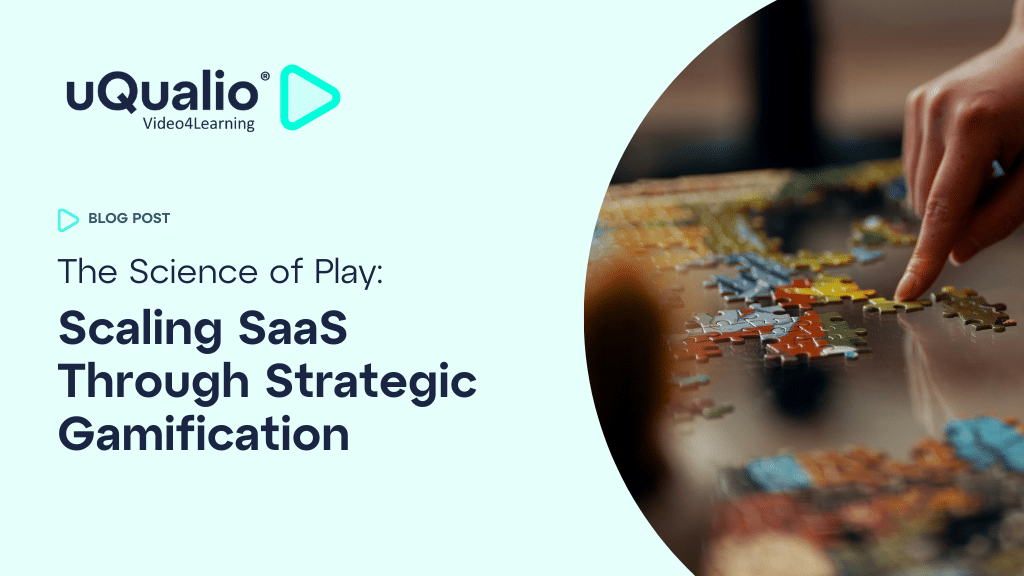Modern businesses need to adopt a more dynamic approach to their business learning practices and eLearning creation authoring software or risk stagnation and being left behind by the ones who can quickly implement more agile, leaner models into their organizations.

A Repeating Global Dilemma
According to the World Bank, the world is facing a recession or worse, with leading economies projected to shrink between 5-10%. This is similar to 100 years ago following World War 1 when an artificially prosperous USA was struck by the Great Depression Today the world is again at the point of a major paradigm shift due to the COVID-19 pandemic.

People standing in line during the Great Depression
However, relying on the same approach is no longer viable this time around, as 1920 formulas were aligned with analog methods that typically operated at a slower pace of change, and had greater predictability, and generally modest complexity. Such an approach is simply not compatible with the hyper-changing and digitally-driven commerce of 2020.
Added to this, there now exists more sophisticated business models and a far more empowered and educated consumer. Today, a business must operate within a fast-changing and constantly disruptive global digital marketplace. The challenges inherent in trying to just keep up will become harder as the rate of workplace transformation accelerates.
This means every business has to quickly optimize their people and get them digitally match fit, in order to survive. Leaders must adapt to this changing business dynamic and devise new and innovative methods that deliver differentiating and unique solutions to new business challenges. Therefore, a lot of training will be needed in a short period of time, but traditional face-to-face and even eLearning approaches are too cumbersome to respond to this hyper-changing marketplace.
A New Workplace Dynamic
The accelerating pace of work plus the unpredictability of the COVID-19 pandemic makes it increasingly difficult to remain in business never mind dominating a market segment. We have to accept that any remnants of old-world commerce need to be replaced by digital methods that allow an enterprise to adapt and quickly pivot in order to compete in this new dynamic and often volatile environment. We may pine for the more leisurely, predictable, and less complex analog times, but there’s no turning back – so we either respond and adapt very quickly or become obsolete as the McKinsey graphic below illustrates.

McKinsey & Company – “Need for acceleration” graph
It’s no longer the big that consumes the small, but the fast that devours the slow – to take some license with the title of the book by Jason Jennings and Laurence Haughton. The workplace transformation phase that was underway since the global financial crisis (GFC) was mainly focused on increasing efficiencies (doing things right). The emphasis now has to be on effectiveness (doing the right thing) where we must adopt new and innovative approaches and optimize all key resources to sustain a faster pace of digital commerce. In a volatile environment, only the quick survive.
This acceleration of change and a need to find new and innovative ways to conduct business necessitates the vast majority of enterprises to invest in the re-skilling of staff. However, it needs to be done with greater speed, less cost, and without imposing additional undue pressure on an already stressed-out workforce. Traditional L&D methods that often take months to develop and deploy will struggle to keep pace with this new dynamic learning environment, so a better solution is needed.
When in the throes of delivering a time-critical project, pursuing a competitive deal, or delivering excellent service, today’s worker will default to a Google search for a tip or ‘ how-to ’ assistance, rather than interrogating their LMS or going online to cram a Udemy or LinkedIn mini-course on the subject. Taking a break to study a relevant academic text isn’t an option as we are all time-starved and want our critical knowledge instantly. It’s like microwave dinners that need little time to prepare but are good enough to satisfy our immediate hunger – with an acceptable level of quality and variety of choice. Maybe they should be called ‘ digital dinners’ ?

Youtube has become the default resource for a quick injection of knowledge.
This is because digital time has permeated all facets of work, with the go-to resource likely to be YouTube when it comes to finding out how to perform a task, learn a specific skill element, or ensure compliance to ever-changing standards. However, YouTube is more like a caffeine hit than something that will sustain your knowledge retention for an extended period. Meaning, that the YouTube approach is essentially a quick injection of knowledge that delivers a short-term fix. Unfortunately, this doesn’t comply with formal L&D policies that require learning interventions to deliver an acceptable ROI through its re-use, reinforcement, and embedding.
Dynamic Micro Learning (DML)
Today’s Digital Workplace relies on multi-tasking staff to be competent across a myriad of ever-changing applications, methods, and processes. Traditional face-to-face classroom training can’t keep pace, and even if it could, the time to deliver the variety and volume is unacceptable and cost-prohibitive. So, in the absence of an alternative approach, the L&D department must determine the projects that get priority – which inevitably leaves urgent requests going unfulfilled… causing staff and departmental management to feel frustrated.

Dynamic Micro Learning©, or DML , is a term I devised to describe how chunks, or nuggets , of relevant and useful knowledge, are dynamically curated and applied in a lean and agile just-in-time training at the point of need (“JiTTaPoN”) manner .
A DML nugget is defined as a “ quickly accessed learning resource in the form of a video tutorial, graphic, or process guidance that a worker employs to fill a skill or competency gap during a workplace activity ”. Its application can be anywhere in the value chain and is typically managed by business units or departments, as a supplement to formal L&D training programs.
When combined with a platform that ensures those nuggets become re-usable, reinforced, and embedded ‘learning’ resources, you achieve a new eLearning paradigm that is aligned with how people work in a digital way. The best enabler I’ve found to deliver this type of structured dynamic microlearning is the uQualio Video eLearning platform, but more on them later.
The key attributes of a DML platform include:
- Rapid information curation, leverage, and re-use with minimal platform complexity
- Ease of deployment, modification, and re-purposing to align with pragmatic needs
- Intuitive usability mannerisms similar to how typical social media Apps perform
- Dynamic training reinforcement using a quiz, gamification, and ‘nudging’ attributes
- Inherent audit trail, reporting, and analytics to ensure JiTTaPoN nugget tracking
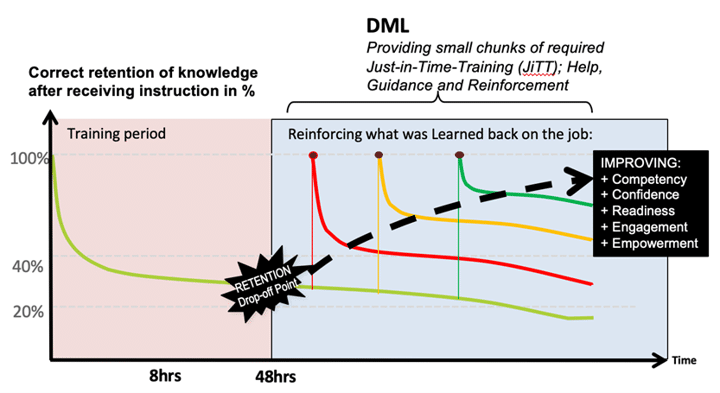
The key attributes of a DML platform include:
DML advantages graph
DML as a Competitive Advantage
In the research paper titled ’ Elevating Learning and Development’ , McKinsey explains how corporate learning as we knew it will be a very different environment going forward and how everyone benefits from finding more efficient and effective ways to learn and grow.
“ The leaders of L&D functions need to revolutionize their approach by creating a learning strategy that aligns with business strategy and by identifying and enabling the capabilities needed to achieve success. This approach will result in robust curricula that employ every relevant and available learning method and technology. The most effective companies will invest in innovative L&D programs, remain flexible and agile, and build the human talent needed to master the digital age .”
Any organization that provides products and services that are mainly aligned with enabling ‘ old economy’ business methods (i.e. pre-2020), can easily go from marketplace leaders to break even very quickly today. Business leaders, many of whom had been cruising along after weathering the GFC storm ten years previously, are now confronted by the greater challenge of trying to survive as a result of being cast adrift by the impact of the COVID-19 pandemic. Many are pivoting, regrouping, and adapting as best they can, others are floundering, but few are accelerating out of the storm. Unfortunately, there isn’t much innovation happening in most sectors – as illustrated in the following graphic.
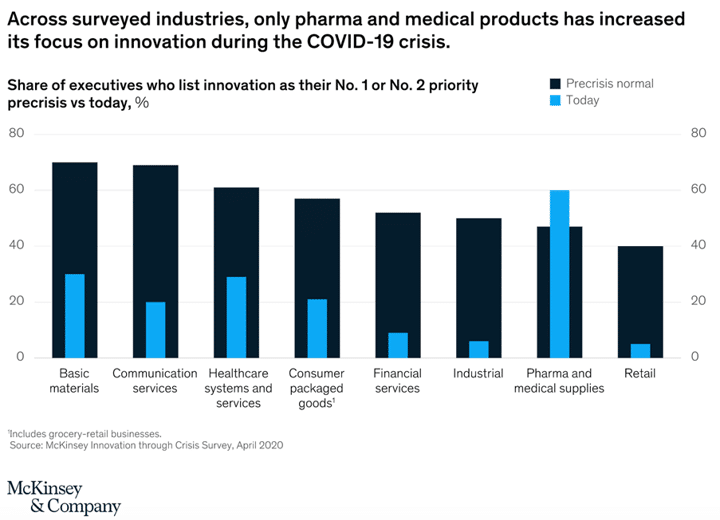
Focus on innovation during the covid-19 crisis.
McKinsey & Company – Companies increasing focus on innovation
This highlights the need to fast-track the implementation of sharply focused learning that enables staff to optimize whatever differentiation or uniqueness you’ve already had to date.
The 70-20-10 Learning Dynamic
The ambition of a well-designed DML platform is to have it symbiotic with the primary LMS system. Meaning, the DML platform is like a ‘ commando learning’ resource that should echo the philosophy of the corporate LMS but isn’t limited by the cumbersome and non-dynamic nature of such platforms. Essentially, the DML is primarily involved in the 70 percent of learning that is self-directed relative to providing the staff member with agile, lean, and intuitive ways to quickly access the knowledge/learning they need, when they need it.
As a business tries to accelerate out of the current pandemic-induced stagnation, individual departments need to take ownership of ‘ tactical ’ learning in the areas I have highlighted within the yellow circles in the graphic below – which is McKinsey’s view of an optimal L&D design.
According to McKinsey…
“Many L&D functions embrace a framework known as “70:20:10,” in which 70 percent of learning takes place on the job, 20 percent through interaction and collaboration, and 10 percent through formal-learning interventions such as classroom training and digital curricula. These percentages are general guidelines and vary by industry ,and organization . L&D functions have traditionally focused on the formal-learning component….Social technologies play a growing role in connecting experts and creating and sharing knowledge. ”
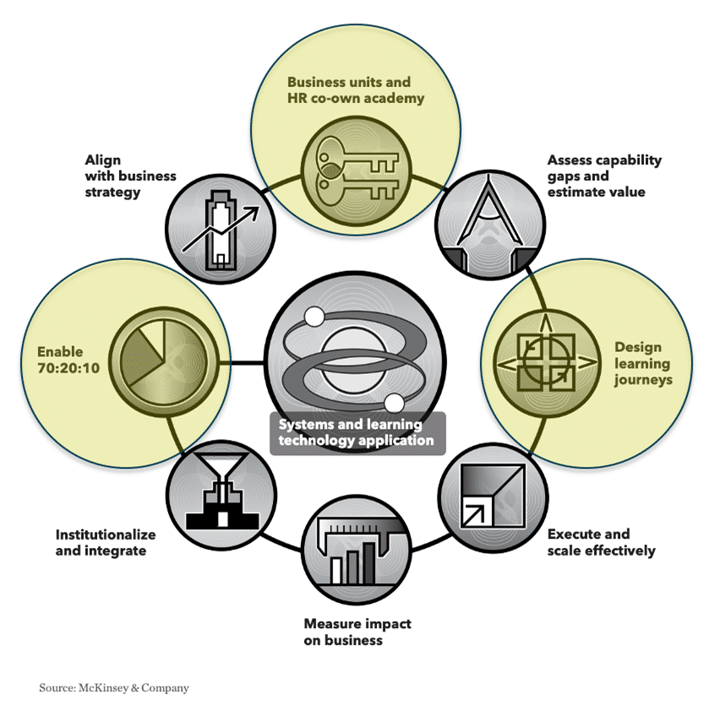
The 70-20-10 Learning Dynamic
McKinsey & Company – Systems and learning technology application
The DML’s JiTTaPoN approach is not intended to be a replacement for formal learning programs (i.e. the 10 percent) such as compliance or baseline education which are typically delivered through an LMS. However, it does require the Chief Learning Officer (CLO) to foster an empowering and collaborative environment within which departmental leaders have the option to source and implement the optimal DML platform (and approach) to increase their staff’s engagement and productivity.
This delegation of DML responsibility to departmental managers means that subject matter experts can assist staff to curate and manage the nuggets that are of most value to team requirements, embed and reinforce them, while also making them available to colleagues. This dynamic learning style is far more valuable today than static options that are offered through an LMS or even via micro-courses from Udemy or LinkedIn.
In summary, the objective of DML is to ensure it’s easy for staff to quickly access relevant ‘how-to’ assistance in a way that does not create undue friction within the workstream flow and also ensures it is aligned with staff’s planned learning journeys. As the McKinsey research explains: “ The main objectives of a learning journey are to help people develop the required new competencies in the most effective and efficient way and to support the transfer of learning to the job….The most effective companies will invest in innovative L&D programs, remain flexible and agile, and build the human talent needed to master the digital age.”
uQualio® as a DML Enabler
As stated earlier, a new type of platform is needed to enable the required DML functionality, and the only one that I have discovered to date which meets that criteria are the uQualio® Video eLearning platform.
This platform was designed from the ground up (i.e. “ Born in the Cloud ”) to overcome the limitations inherent with ad-hoc ‘how to’ assistance that has largely been served by Google or YouTube searches. In that scenario, the staff member secures the quick injection of a knowledge nugget (independent of any LMS or F2F classroom assistance); applies it to the task; discards it when finished (or maybe tags it), and moves onto the next workplace task.
The problem with a simple YouTube search is that the knowledge is typically treated as ‘disposable’ and ‘single-use’ in nature and a lot of time can be wasted just trying to source helpful video content. There’s also the potential for a more wasted time due to the usual YouTube distractions and so the curated information can be quickly forgotten, thereby limiting the potential for any useful learning to be embedded or shared.
It could be said that such limited YouTube nuggets are more like fish than a fine wine – they don’t improve with age. The opposite is the case with a DML enabled by the uQualio® platform.
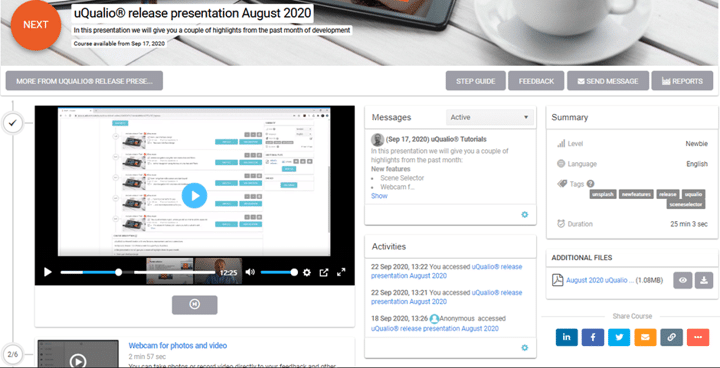
uQualio® as a DML Enabler
Sample screenshot of the uQualio® – The Video eLearning Platform
Therefore, the uQualio® platform, in a DML context, very effectively serves both the 70 percent (self-directed learning) and the 20 percent (interaction and collaboration) aspects of the 70:20:10 model. It acts as a bridge between the ’70’ and ‘20’ by enabling individual learners to get their ‘JiTTaPoN’ fulfilled, while also facilitating the management, embedding, reinforcement, and sharing of the curated knowledge with other relevant parties.
In summary, uQualio® is a cloud-based video eLearning creation authoring software solution with attributes that include:
- Think of it in terms of a YouTube approach – but with overlaid learning functionality
- Allows you to use videos to create and make training courses available.
- An effective tool to motivate through bite-sized videos and gamification
- An easy-to-use platform that allows you to interact with your key target groups
- An affordable and simple-to-use eLearning solution.
Be sure to also check out the uQualio Blog for more insightful articles similar to this one and if you are interested in the uQualio® Video eLearning platform as a DML enabler, sign up for a 14-day free trial and judge for yourself.
You can also get in contact with Enda and BizGearbox here.
For more info on the partnership between BizGearbox and uQualio
© Copyright 2020, BizGearbox and iBI Networks Ltd. All Rights Reserved.
Achieve Effective & Affordable Video Training
– uQualio is an award-winning, easy-to-use, all-in-one NextGen LMS software for any types of online video training.

